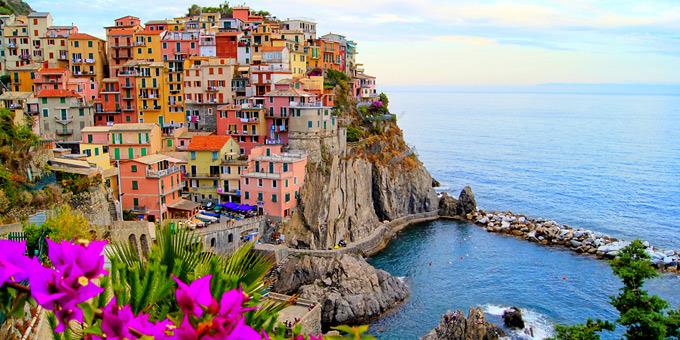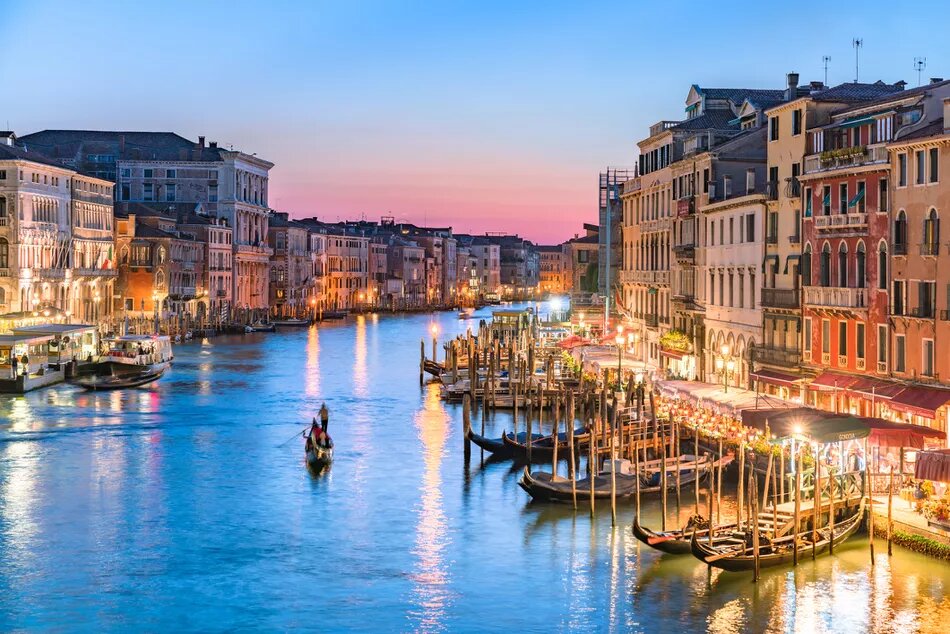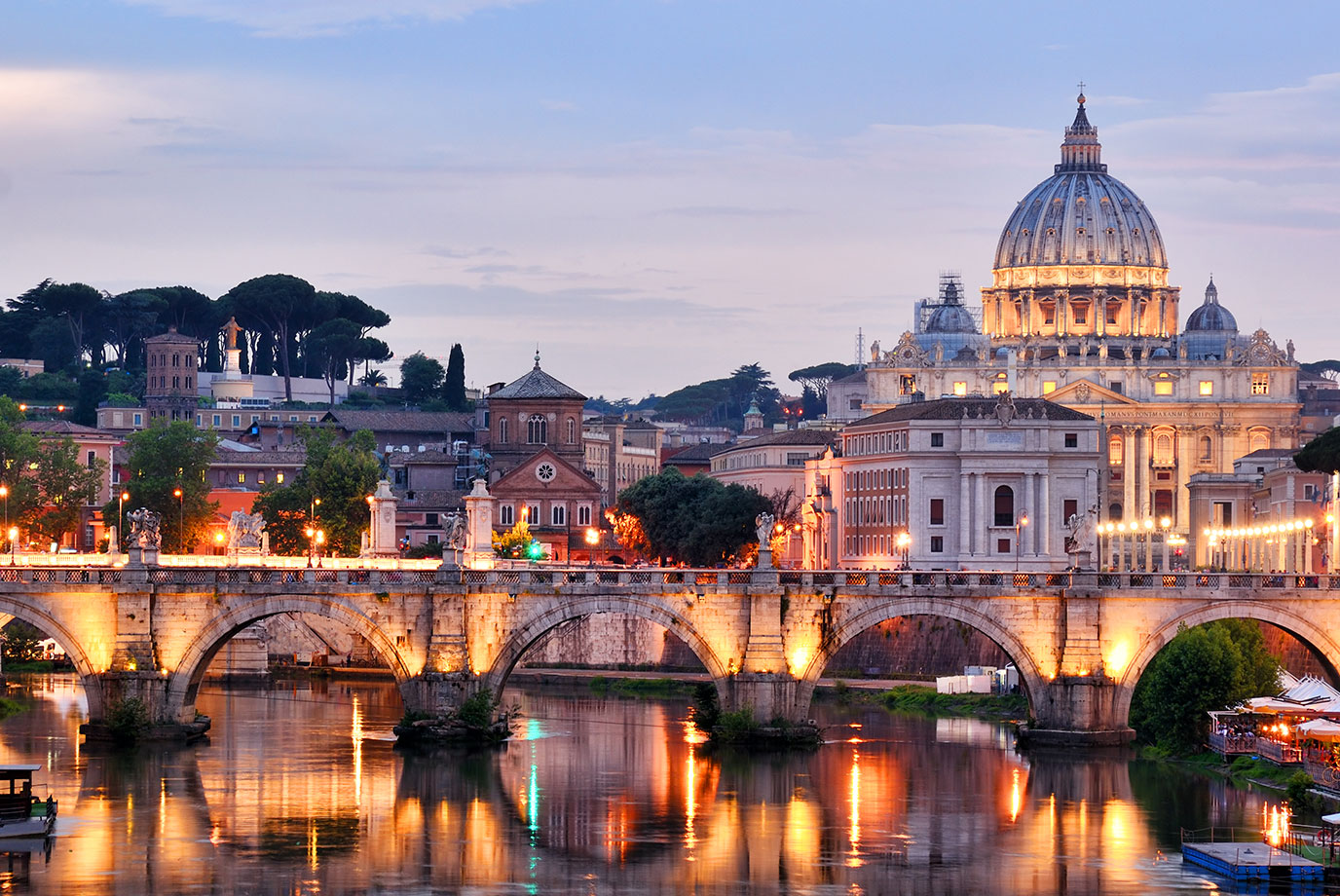By Maria Papagiannopoulou,
The etymology of the name
Despite various hypotheses, the true etymology of the name is unknown. The most widely accepted argument is that Latin Italia is descended from Oscan viteliu, which means “[country] of young cattle” (cf. Lat vitulus “calf,” Umbrian vitlu), via Greek transmission (evidenced in the loss of initial digamma).
During the Social War, the bull was a symbol of the southern Italic tribes and was frequently shown goring the Roman wolf as a rebellious sign of free Italy. This is stated by Greek historian Dionysius of Halicarnassus, along with the legend that Italy was called after Italus, which is also referenced by Aristotle and Thucydides.
Following the fall of the Western Roman Empire and the Lombard invasions, “Italia” was retained as the name of their kingdom, as well as its successor kingdom within the Holy Roman Empire, which lasted nominally until 1806, but de facto disintegrated in the 13th century due to factional politics pitting the empire against ascendant city republics.
History of Italy
The Roman Empire was a global political organization in which Italy played a minor but significant role. When the empire crumbled, the peninsula was first controlled by a number of barbarian kingdoms, but after the Lombard invasion of 568–569, a network of smaller political organizations developed across Italy.
One of the main themes of this part is how each of these developed—in parallel with the others, out of the ruins of the Roman civilization. Another is the Roman city’s survival and progress. The early Middle Ages saw the continuation and expansion of the Roman-inherited urban center of political and economic life, which served as a unifying factor in the development of Italy’s provinces.

Europe’s best destination
- Florence (Firenze)
This Renaissance beauty is stunning. Florence has everything. Who could resist the Duomo’s cheery pink-and-green exterior and iconic cupola, the attractive Piazza Della Signoria with its statement statuary, and the Ponte Vecchio’s tangle of shops straddling the river Arno? Florence’s largest appeal, though, is its amazing collection of world-class paintings, frescoes, and sculptures: according to UNESCO, Florence includes 30% of the world’s most important pieces of art.
- San Gimignano
San Gimignano stands out among Tuscany’s charming hill towns for its distinctive skyline, brimming with medieval towers, and its astonishingly intact historic center, a lovely collection of honey-colored stone structures. Its winding backstreets are lined with frescoed churches and Gothic palazzi, while the hills beyond the city walls are covered in vineyards and olive groves on all sides.
- Lake Garda
Lake Garda is the largest of Italy’s magnificent lake, with a more down-to-earth feel than flashy Como but plenty of class. Rugged mountains encircle the deep blue waters, and boats whizz between the charming settlements that line the shore. You might stay there for a week or longer — luxurious spas and fading waterside hotels abound – or visit on a day trip from Milan.
- Positano
The Amalfi Coast is breathtaking, and the few villages along its length provide excellent vantage points for seeing the coast’s stunning array of jagged cliffs, verdant forests, and spectacular seascapes. The choice of the settlements is Chichi Positano, a stunning clump of pastel-colored buildings falling down to the sea. Its heart is a maze of tiered pathways lined with chic boutiques and framed by pink bougainvillea.
- Puglia
Puglia is a popular summer destination for many Italians, thanks to its crystalline waters, white sand beaches, and hidden rocky coves. Its interior is as lovely, with wooded hills, wildlife-rich lakes, and endless olive groves: the region produces over 40% of Italy’s olive oil.
- Capri
Capri, the fabled island adored by Emperor Tiberius, a slew of painters and writers seeking inspiration, and hordes of modern-day celebrities, exudes star power. Away from the twin towns of Capri Town and Anacapri, which are brimming with designer boutiques and fashionable cafés, charming alleys weave through Roman monuments and elegant castles, offering breathtaking views of the Mediterranean Sea.

7. Venice
Nobody forgets the first time they saw Venice. You cannot prepare yourself for the sight of a city of stately marble palazzi sitting beautifully on a dazzling green lagoon, no matter how many times you have seen it in images. Venice is never anything less than a knockout in the sun, moodily moody when wreathed in mist, colorful at Carnevale, and spectacular when it floods.
8. Cinque Terre
Cinque Terre, a collection of five fishing communities nestled into sharply terraced cliffs along a length of jagged coastline on the Italian Riviera, takes the top rank for the unadulterated beauty of its pastel-painted cottages and tiny harbors brimming with fishing boats. The hiking routes that connect the settlements are some of the most beautiful in the world, passing through vineyards and olive groves and offering stunning seascapes at every turn.
9. Verona
Despite its artificial Shakespeare associations (Juliet’s much-visited balcony is a twentieth-century construct), Verona has a lot to offer. It’s littered with Roman remains, including the famed Arena, a towering amphitheater in the heart of town that hosts summer opera performances under the stars; and its historic piazzas and bustling thoroughfares are perfect for people-watching while eating gelato.
10. Sorrento
Sorrento is unashamedly a vacation destination, with a prime location on the Bay of Naples’ steep southern peninsula and a deliciously long summer season. Its historic center is labyrinthine, with many Baroque and Renaissance structures, and its focal point, Piazza Tasso, is a wonderful place for an aperitivo.
To conclude, Italy has a rich cultural legacy and is a tourism destination for art lovers. It is a fantastic spot for travelers to spend their vacations because of the stunning mountains, lakes, and scenery. The lodging options are excellent and reasonably priced.
References
- Lovett, C. M., Italy, Britannica, Available here
- Telegraph Travel, 12 Beautiful Destinations in Italy to Visit in Your Lifetime, The Telegraph UK, Available here




